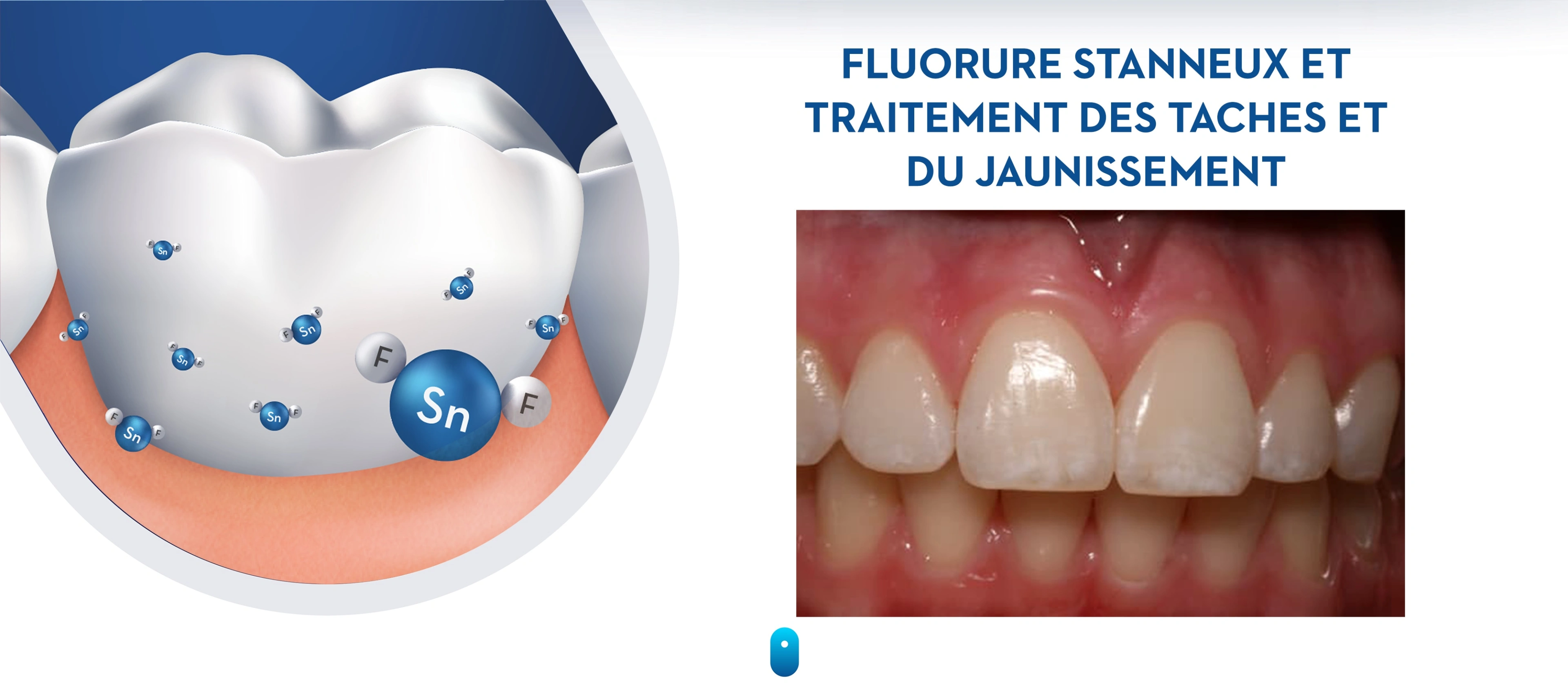Figure 23. Binding of pyrophosphates to calcium hydroxyapatite at the tooth surface
Extrinsic staining on the tooth surface can result from the diet, smoking, and poor oral hygiene. Extrinsic stain can be removed by mechanical means and by chemical means. The use of abrasives in toothpaste helps to remove stain mechanically during toothbrushing (St. John & White, 2015). All Crest dentifrice meets the International Standards Organization specifications for Relative Dentin Abrasivity (RDA), which has an upper limit of 250. Dentifrices at or below 250 RDA are considered safe and effective.
Chemical cleaning agents in the toothpaste can help to displace surface stains from the tooth pellicle (Figure 23). In addition, some chemical compounds have a high enough affinity for the tooth surface and pellicle to actually help prevent new stain from adhering. Polyphosphate molecules, such as sodium hexametaphosphate, that are used for calculus control have also been shown to both prevent stain and whiten teeth (Baig et al. 2005). Hydrogen peroxide is another highly effective antistain ingredient under appropriate formulation and usage conditions (Gerlach et al. 2015).
Whitening Research Summaries
Extrinsic Stain Removal Efficacy of a Stannous Fluoride Dentifrice With Sodium Hexametaphosphate
Extrinsic Stain Removal Efficacy of a Stabilized Stannous Fluoride Dentifrice
Clinical Significance: Stains
Whitening Research Summaries
Mechanism of action
The stain prevention and whitening effects of many stabilized stannous fluoride formulations in Procter & Gamble’s portfolio are provided by an advanced, high cleaning silica system and sodium hexametaphosphate (polyphosphate). The high cleaning silica gently removes stain mechanically during brushing, while the sodium hexametaphosphate works chemically. The sodium hexametaphosphate provides for excellent stain removal and prevention (Baig et al. 2005; Terezhalmy et al. 2007):
- The sodium hexametaphosphate molecule is negatively charged while the calcium ions in the pellicle and enamel are positively charged. Since opposites attract, the polyphosphate is strongly attracted to these calcium sites.
- As a result of disruption of the pellicle, the stain that was attached to and trapped in it becomes displaced, released and lifted away from the tooth surface.
The 2-step stabilized stannous fluoride formula contains hydrogen peroxide in the second step to provide whitening by disruption of carbon bonds. Stain is composed of materials containing carbon bonds that reflect back only the wavelengths of light that appear colored. Hydrogen peroxide breaks the carbon bonds, so the stain then reflects back more wavelengths of light, making the stain appear white (Goldstein & Garber, 1995). The smooth texture stabilized stannous fluoride formula uses a combination of silica and zinc citrate for stain prevention. The silica gently removes surface stains while the zinc citrate indirectly protects against stains by preventing calcification of plaque into tartar, thereby reducing the surface area that can attract stains.
Whitening Research Summaries
Extrinsic Stain Removal Efficacy Of A Stannous Fluoride Dentifrice With Sodium Hexametaphosphate
Extrinsic Stain Removal Efficacy Of A Stannous Fluoride Dentifrice With Sodium Hexametaphosphate
Extrinsic Stain Removal Efficacy Of A Stabilized Stannous Fluoride Dentifrice
Extrinsic Stain Removal Efficacy Of A Stabilized Stannous Fluoride Dentifrice
Methods
This study utilized a randomized, two-week, double-blind, parallel group design.
At Baseline, an IML examination‡ was performed on the facial surfaces of the twelve anterior teeth. The two teeth with the highest IML composite scores were selected as the test teeth.
Subjects were stratified on stain scores of the test teeth, and gender, and randomized to one of two treatment groups:
- Experimental 0.454% stabilized stannous fluoride dentifrice (Crest® PRO-HEALTH™ Clean Mint [Smooth Formula], Procter & Gamble); or
- 0.243% sodium fluoride/0.3% triclosan positive control whitening dentifrice (Colgate® Total® Whitening, Colgate-Palmolive).
Subjects were instructed to use their respective test product following the manufacturer’s instructions at home over the two week study duration.
Tooth color was reassessed at Week Two.
Baseline to post-treatment change in stain score was tested using paired t-tests. Analysis of covariance (ANCOVA) with treatment as a factor and Baseline Lobene score as the covariate was used to assess treatment differences post-treatment. All comparisons were two-sided using a 5% level of significance.
‡ Friesen L, et al. Am J Dent 2016; 29:20-24.
§ Baig A and He T. Compend Contin Educ Dent. 2005;26 (Suppl 1): 4-11.
Clinical Significance: Stains


